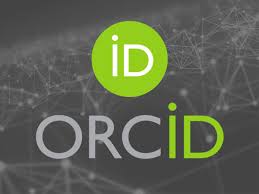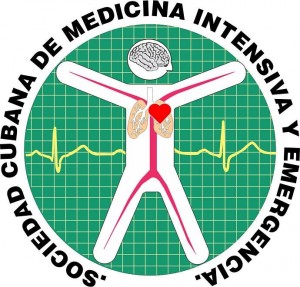Reducción de la espasticidad posterior al accidente cerebrovascular mediante ondas de choque extracorpóreas
Descargas
Citas
1. Jia G, Ma J, Wang S, Wu D, Tan B, Yin Y, et al. Long-term Effects of Extracorporeal Shock Wave Therapy on Poststroke Spasticity: A Meta-analysis of Randomized Controlled Trials. J Stroke Cerebrovasc Dis. 2020;29(3):104591. Doi: 10.1016/j.jstrokecerebrovasdis.2019.104591.
2. Dymarek R, Ptaszkowski K, Ptaszkowska L, Kowal M, Sopel M, Taradaj J, et al. Shock Waves as a Treatment Modality for Spasticity Reduction and Recovery Improvement in Post-Stroke Adults - Current Evidence and Qualitative Systematic Review. Clin Interv Aging. 2020;15:9-28. Doi: 10.2147/CIA.S221032.
3. Li G, Yuan W, Liu G, Qiao L, Zhang Y, Wang Y, et al. Effects of radial extracorporeal shockwave therapy on spasticity of upper-limb agonist/antagonist muscles in patients affected by stroke: a randomized, single-blind clinical trial. Age Ageing. 2020;49(2):246-52. Doi: 10.1093/ageing/afz159.
4. Cabanas-Valdés R, Calvo-Sanz J, Urrùtia G, Serra-Llobet P, Pérez-Bellmunt A, Germán-Romero A. The effectiveness of extracorporeal shock wave therapy to reduce lower limb spasticity in stroke patients: a systematic review and meta-analysis. Top Stroke Rehabil. 2020;27(2):137-57. Doi: 10.1080/10749357.2019.1654242.
5. Oh JH, Park HD, Han SH, Shim GY, Choi KY. Duration of Treatment Effect of Extracorporeal Shock Wave on Spasticity and Subgroup-Analysis According to Number of Shocks and Application Site: A Meta-Analysis. Ann Rehabil Med. 2019;43(2):163-77. Doi: 10.5535/arm.2019.43.2.163.






